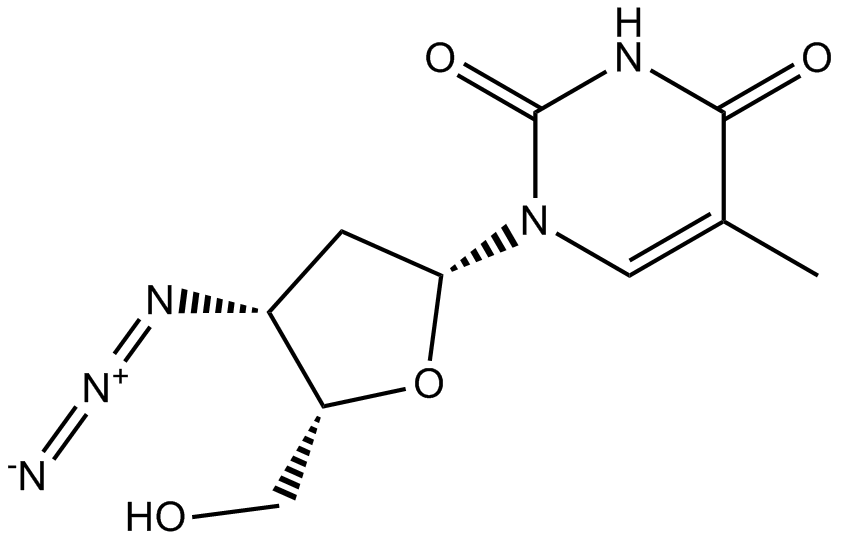CRISPR/Cas9
CRISPR/Cas9 (Clustered Regularly-Interspaced Short Palindromic Repeats/Cas9) is a bacterial immune system that has been adapted for genome editing in mammalian cells. Cas9 is a programmable nuclease that generates double-stranded breaks (DSB) in DNA dictated by binding of a ~20 nucleotide recombinant “guide RNA” (gRNA) to the target site. DSB’s produced by Cas9 are most often repaired through the cell’s error-prone non-homologous end joining (NHEJ) pathway, resulting in small insertions or deletions (indels). The vast majority of indels shift the reading frame, introducing a premature stop codon or resulting in nonsense mediated decay of the mRNA-effectively “knocking out” a gene.
The CRISPR/Cas9 system has substantially advanced efforts in specific gene editing and has been successfully applied to modify the episomal genomes of human and other organisms. The CRISPR/Cas9 system utilizes a prokaryotic RNA-guided programmable nuclease that can make a double-strand DNA break (DSB) at a specific site under the guidance of a leading RNA. This DSB process depends on the co-expression of two basic components: a guide RNA (gRNA) and Cas9 nuclease. Making a specific DSB can trigger DNA repair via either error-prone non-homologous end joining (NHEJ) or homology-directed repair (HDR). In the presence of the CRISPR/Cas9 system, the NHEJ inhibitor SCR7 is proven to increase the efficiency of Cas9-mediated HDR by at least by 7-fold in mammalian cells. Genome editing via CRISPR/Cas9 has become an efficient and reliable way to make precise, targeted changes to the genome of living cells.
Targets for CRISPR/Cas9
Products for CRISPR/Cas9
- Cat.No. Nombre del producto Información
-
GC64111
BRD0539
BRD0539 es un inhibidor de CRISPR-Cas9 permeable a las células y no tÓxico.
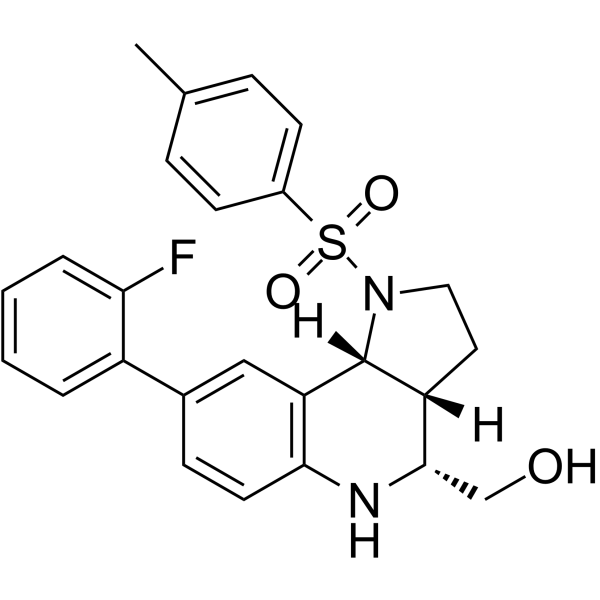
-
GC17683
Brefeldin A
El ácido breféldico A (BFA) es una lactona macrocíclica fúngica y un potente inhibidor reversible de la formación de vesículas intracelulares y del tráfico de proteínas entre el retículo endoplásmico (RE) y el aparato de Golgi.
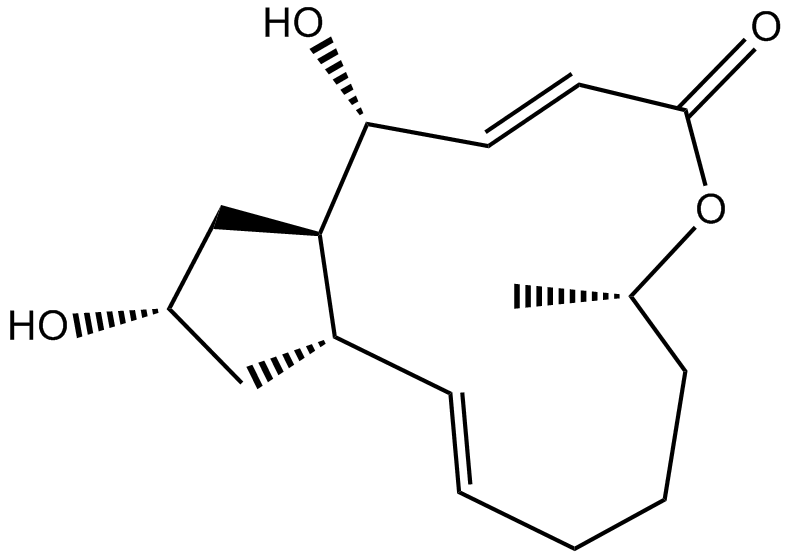
-
GC15743
L-755,507
L-755,507 es un potente agonista selectivo de β3-AR con una CI50 de 35 nM.
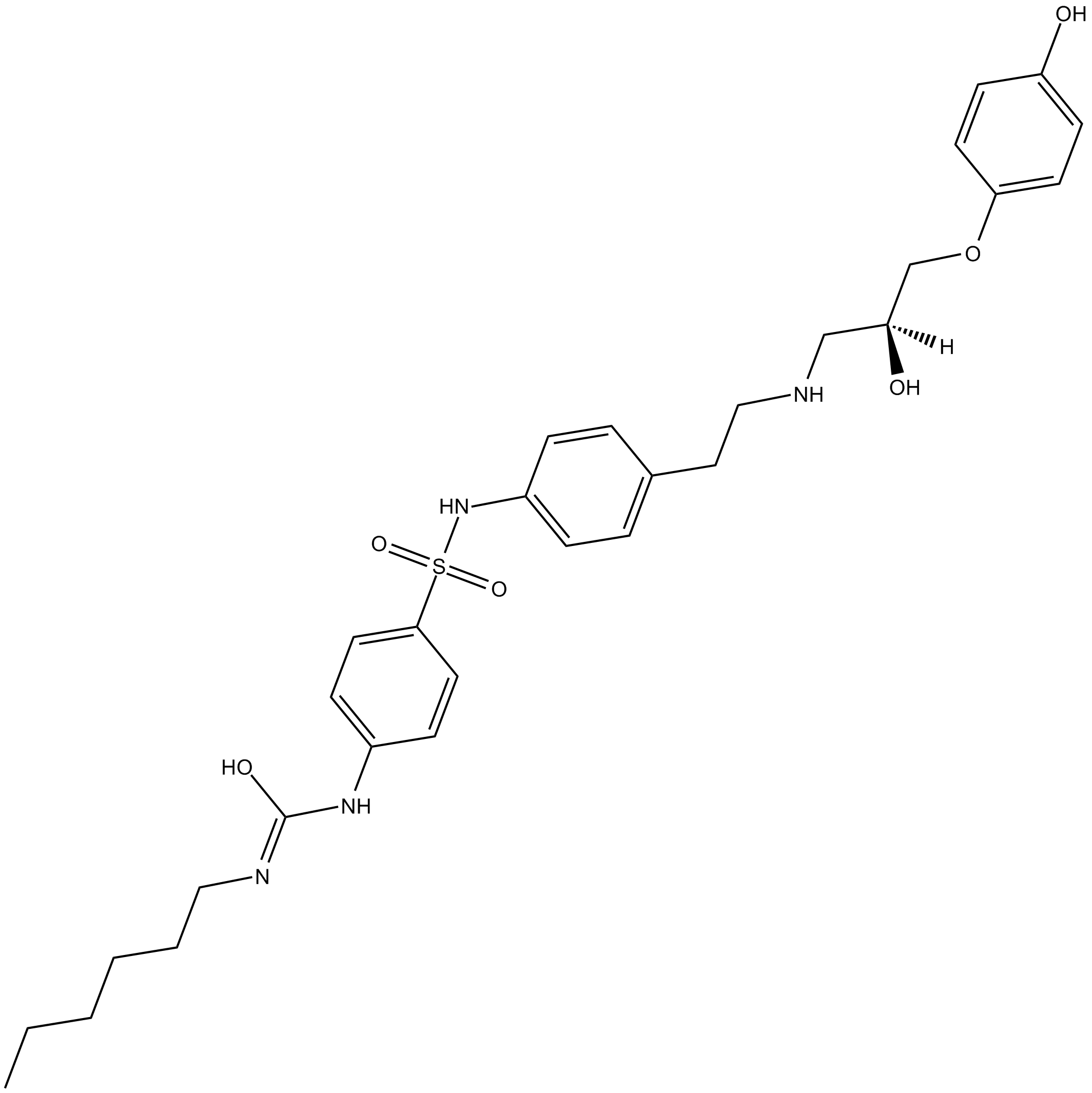
-
GC14075
Nocodazole
Un inhibidor de la producción de tubulina, agente antineoplásico.
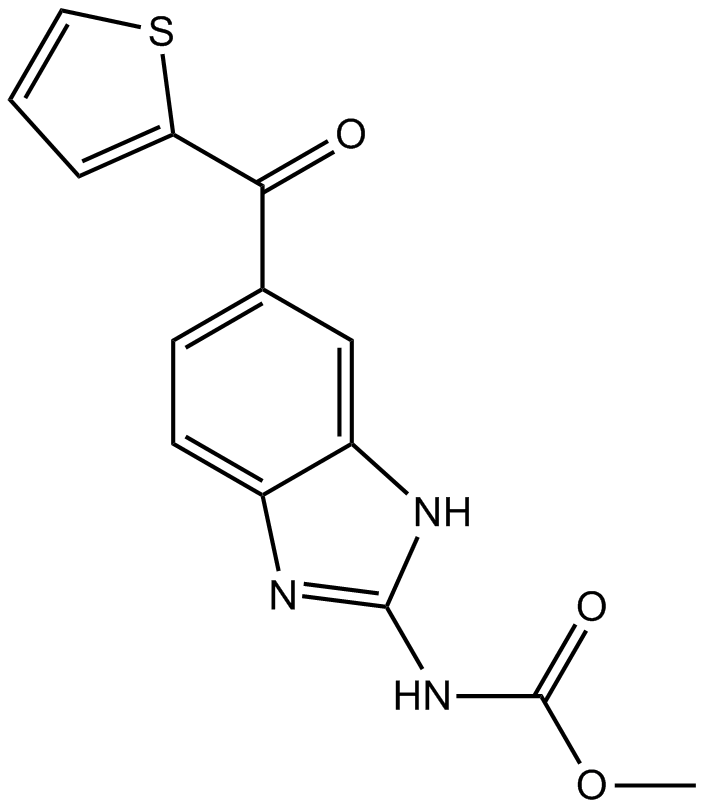
-
GC11251
NU7441 (KU-57788)
NU7441 (KU-57788) (NU7441) es un inhibidor de DNA-PK muy potente y selectivo con una IC50 de 14 nM. NU7441 (KU-57788) es un inhibidor de la vÍa NHEJ. NU7441 (KU-57788) también inhibe PI3K y mTOR con IC50 de 5,0 y 1,7 μM, respectivamente.
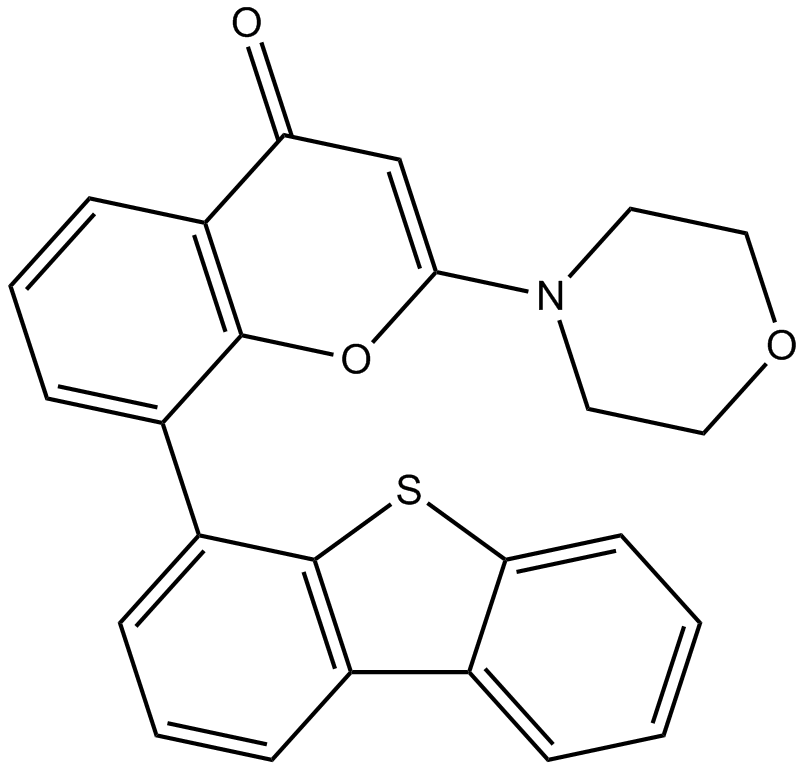
-
GC16265
RS-1
RS-1 es un activador RAD51 y también aumenta las eficiencias de activaciÓn mediadas por CRISPR/Cas9.
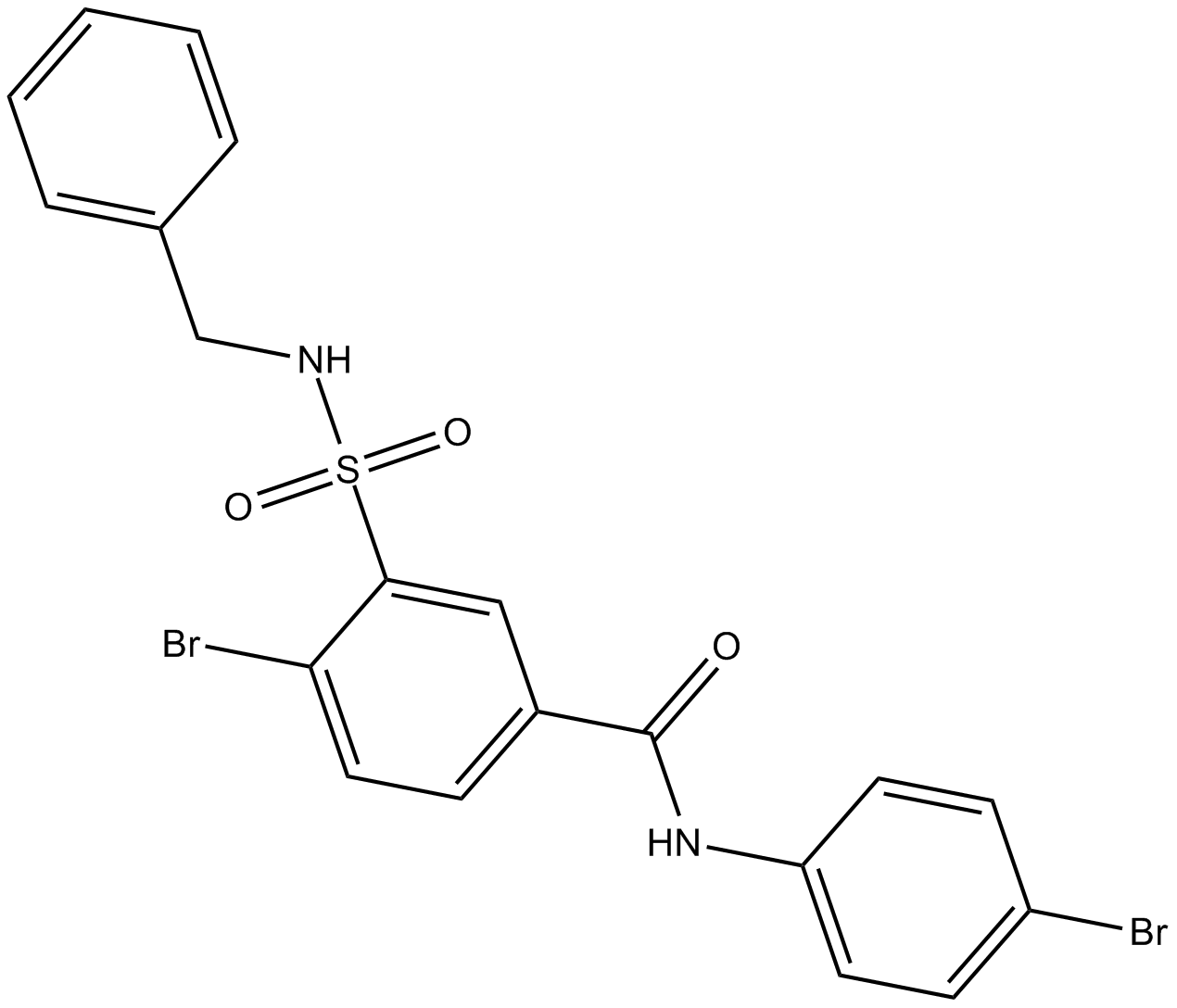
-
GC12106
SCR7
SCR7 es una forma inestable que se puede autociclar en una forma estable de pirazina SCR7. La pirazina SCR7 es un inhibidor de la ADN ligasa IV que bloquea la uniÓn de extremos no homÓlogos (NHEJ) de una manera dependiente de la ligasa IV. La pirazina SCR7 también es un potenciador de CRISPR/Cas9 que aumenta la eficiencia de la reparaciÓn dirigida por homologÍa (HDR) mediada por Cas9. La pirazina SCR7 induce la apoptosis celular y tiene actividad anticancerÍgena.
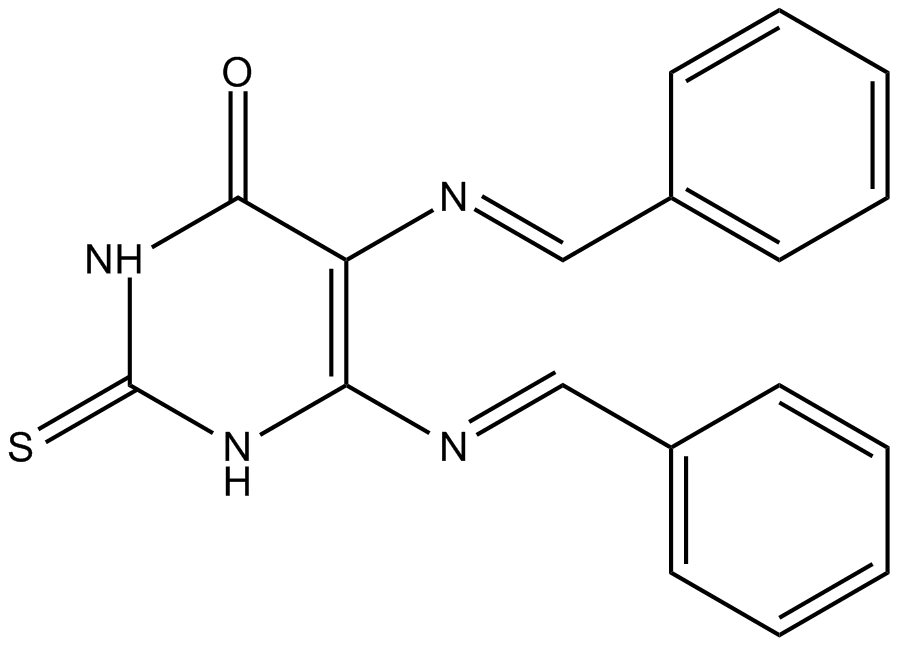
-
GC10637
Zidovudine
La zidovudina es un inhibidor nucleÓsido de la transcriptasa inversa (NRTI), ampliamente utilizado para tratar la infecciÓn por VIH.
